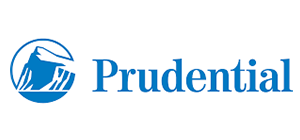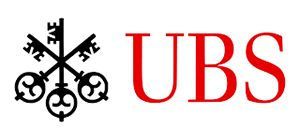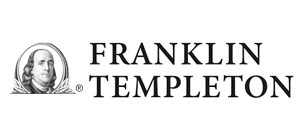PIMCO Income Fund and The Looming Russian Default
PIMCO Income fund had some of the largest by size exposure to Russian debt. We use quant tools to monitor daily the size and impact of this segment on the fund's performance from the start of the Russian attack on Ukraine.
Related posts: The PIMCO Income Puzzle; Update on PIMCO Income Fund; Analysis of Pimco Total Return Fund
Russia’s attack on Ukraine led to global economic sanctions that have caused the collapse of both the ruble and Russian bond ratings. With a default looming, a lot of Russian debt holders in the U.S. are now facing significant risks. According to Financial Times, PIMCO was among a group of global investors (as of the end of 2021) with some of the largest exposure: $1.5bn in Russian sovereign debt and about $1bn in credit default swaps (CDS), with the majority of CDS held by the behemoth $140bn PIMCO Income Fund (PIMIX).
Bloomberg reports that Russian CDS valuations currently assume a 70% probability of default this year. Now, for both fund investors and risk managers alike, it’s important to understand the effective exposures daily as the crisis unfolds – especially with derivatives such as swaps. Unfortunately, this is almost impossible to do without knowing the exact terms of each of the thousands of derivative contracts in the PIMIX portfolio. But a clever quantitative technique exists to provide an accurate estimate of such risks using the fund’s daily NAVs.
Several years ago, we introduced a factor model for PIMIX and the other similar “go-anywhere” bond funds that Morningstar labels as “multisector”. This comprehensive model shed light on PIMCO Income Fund’s spectacular 9-year run and tied it to a timely bet on illiquid non-agency mortgages. In 2020, we used the same model to explain the fund’s volatility during the COVID crisis.
In our current analysis of the PIMCO fund (which starts in 2020, where the last one left off), we augment our model with the Russian Government Bond Index from ICE/BofA to sense the dynamics of exposures to Russian debt. We proxy emerging markets with JPMorgan’s EMBI Global Core index, which tracks the more liquid issues and includes Russian bonds. Even though these two indices overlap, Russian debt, while being a small fraction of the EMBI index, makes up the approximately 2% allocation (counting CDS exposures) in the $140bn fund. One note: JP Morgan announced recently that they will be removing Russian debt from their indices at the end of the month – another reason to have it as a separate factor in the model.
Sign in or register to get full access to all MPI research, comment on posts and read other community member commentary.





